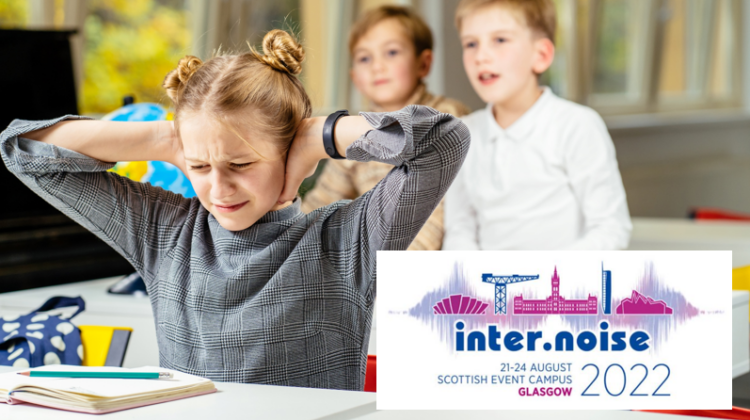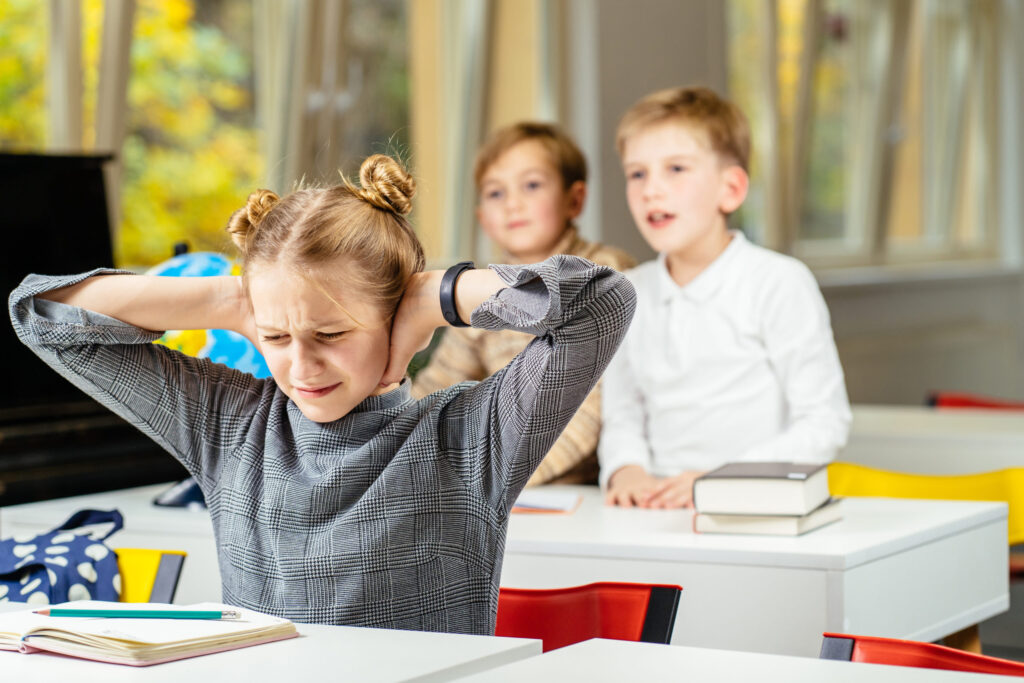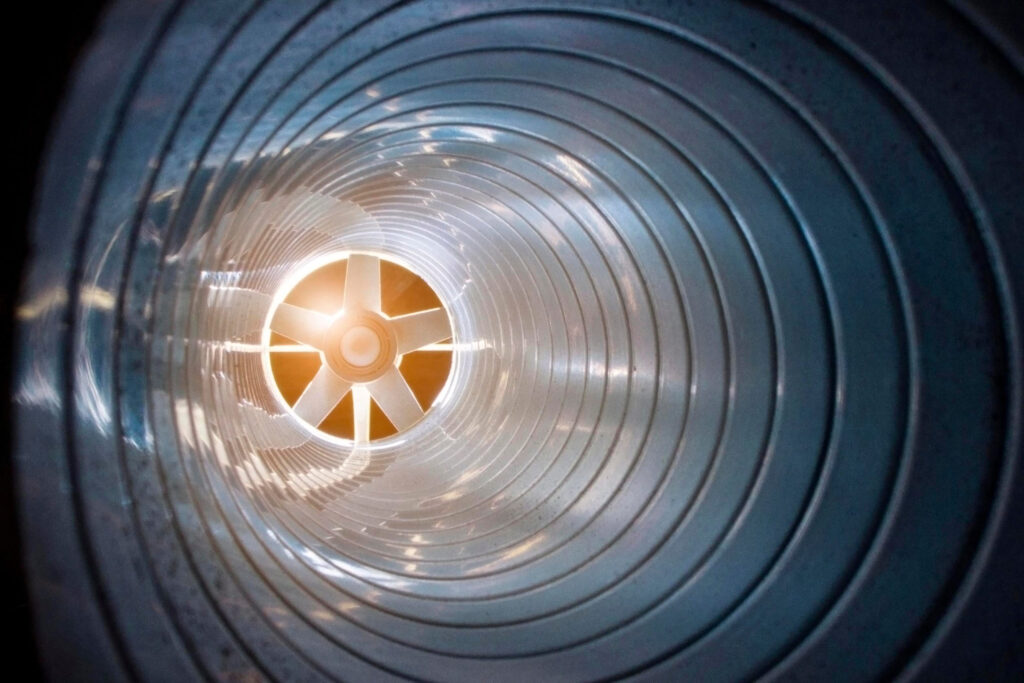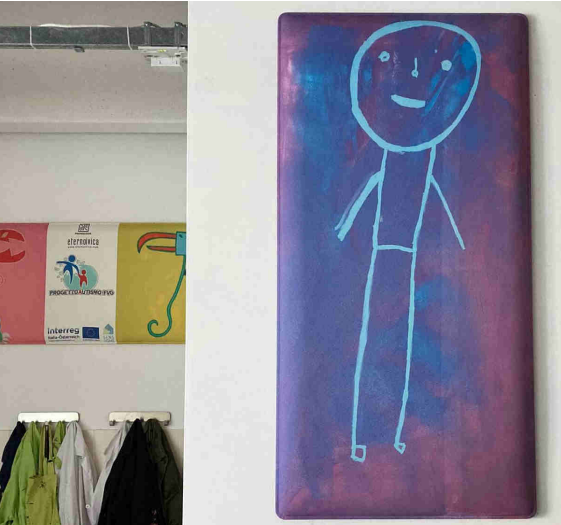
Children on the autism spectrum (ASD) make up a large contingent of today’s classrooms and are highly affected by the acoustic environment. These children often have comorbidities, particularly hypersensitivities to noise and other environmental factors. They find sounds overwhelming and also do not find it as easy to neurologically habituate to sounds over time [1] or apply pre-acquired mental schemes to new and unfamiliar experiences.
This leads to sensory overload. Children with ASD respond to overload of this type with repetitive behaviours that are an indication of distress, including repetitive speech, hitting, covering their ears, producing loud sounds, blinking eyes and other repetitive motor movements. Sensory overload as well is its symptoms can be extremely overwhelming and a barrier to education.

Two studies show the importance of acoustics for autism spectrum
Autism spectrum in children is a challenging area to research experimentally because such experiments are likely to produce harm for the participants (eg. sensory overload). However, scientists have found ways to explore this without causing harm, by exploring how children are affected in applied educational contexts through the medium of parental and teacher reports.
In a study by Bettarello, Caniato & Scavuzzo, comfort in indoor environments along a number of dimensions, including acoustic, but also thermo-hygrometric, visual and air quality. They wanted to know which environmental factor was most influential on ASD. They surveyed children and adults’ sensitivity to the above environments via parent/caregiver report. Findings indicated that acoustics were the most important, with visual factors of secondary importance. [To read the conference proceeding for this study, see here.]
Going deeper into which specific acoustic factors children found most disturbing at school, Caldas, Masiero & Wang surveyed teachers, considering how children with ASD respond negatively to air conditioners, echoes, other children, other classrooms and traffic. They found that air conditioning and echoes have the greatest effect. External noise including other classrooms and traffic had the least effect according to the children in their study. [To read the conference proceeding for this study, see here.]

Doing something about it
Bettarello et al. also attempted to remedy the situation by enacting some design modifications including carpet, thick walls that improved the acoustics. They also allowed children to paint their own pictures to be scanned and printed on sound absorbing panels. Customizing and personalizing their space with familiar images allowed children to feel more comfortable and cope better with the visual discontinuities of a grid-based acoustic ceiling.

They also created small, safe spaces for the children out of sound absorbing panels at the back of the class. This provided a place for the children to go.
“In order to help ASD individuals with a “safe” and “private” place always available to host them and usable as “shell” against too hard situations, some small houses placed close to the back walls of a classroom were designed, also serving as a play space for all children. The small fake houses were realized using sound-absorbing panels.”
These fake houses not only provided safe spaces but also reduced the reverberation time in the room they occupied, generally improving the acoustics for the rest of the class as well.
Finding a comfortable balance
Betarello and colleagues suggest that a balance needs to be achieved for hyposensitive children between too quiet, where they might feel a need to increase their sensory stimulation (e.g tapping fingers), and too noisy, where they would need to reduce stimulation.
They also emphasize that successful approaches to making the sound environment inclusive, like those described in the studies above, place ASD individuals at the centre of the design process. This is an essential step towards ensuring that mainstreaming is achieved in an inclusive way.
Learn more about the impact of acoustics on ASD here.
[1] Tapan K. Gandhi, Kleovoulos Tsourides, Nidhi Singhal, Annie Cardinaux, Wasifa Jamal, Dimitrios Pantazis, Margaret Kjelgaard, and Pawan Sinha. Autonomic and electrophysiological evidence for reduced auditory habituation in autism. Journal of Autism and Developmental Disorders, 51(7):2218–2228, Jul 2021.

